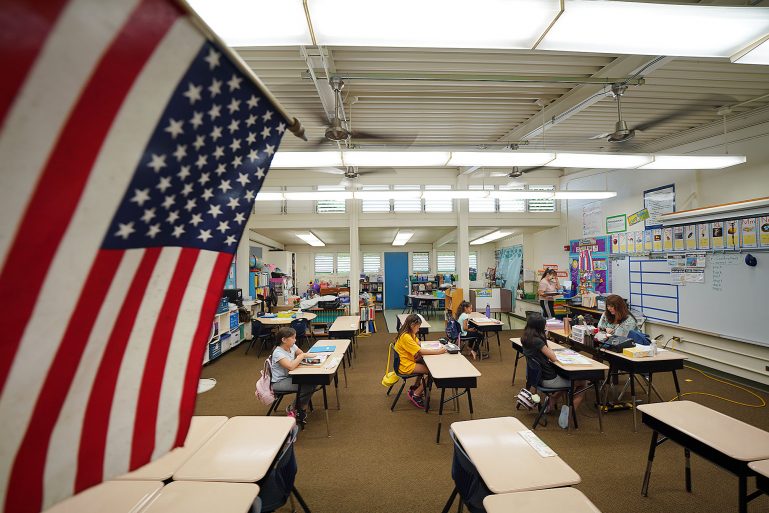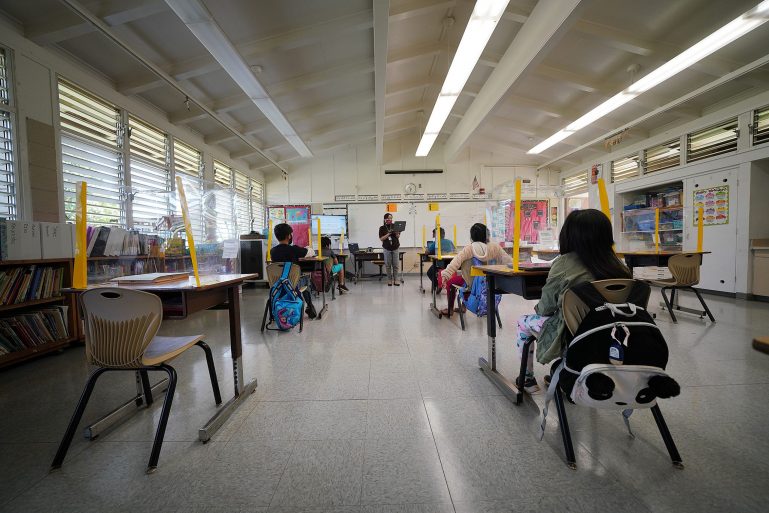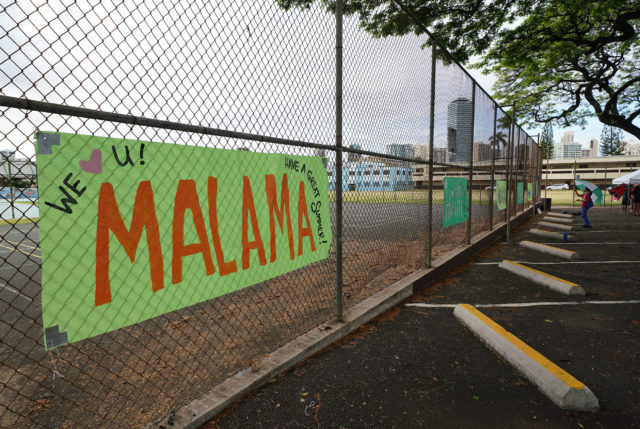In the last month, local news stations have reached out to me no less than three times to talk about some education issue or another.
This is not because of any particular expertise I possess, but because I’m available. In the never-ending time crunch of the news world, it is better to have a know-nothing who is there than an expert who is not.
My response is always the same: unless I’m uniquely positioned to talk about the subject, I send along the opportunity to a few of my colleagues who usually have smarter, more considered things to say. So far, they have all declined — my motive with this column is to nudge them toward doing it in the future — which compels me to ask teachers I know from social media. If no one answers the call, I’ll do the interview.
I’m obviously not against going on the record with my opinions, but sometimes I simply don’t feel strongly enough about the interview topic to add anything meaningful to the discussion. If I’m going to speak (or write) publicly, I want to have something to say, not search for something to say.
More than that, though, I worry that some people may take my thoughts about education as the prevailing opinion, by virtue of ubiquity rather than merit…





